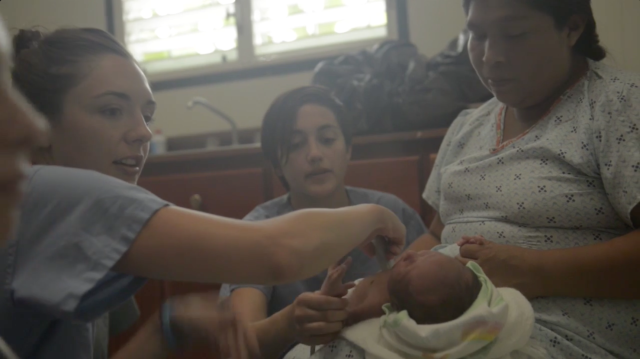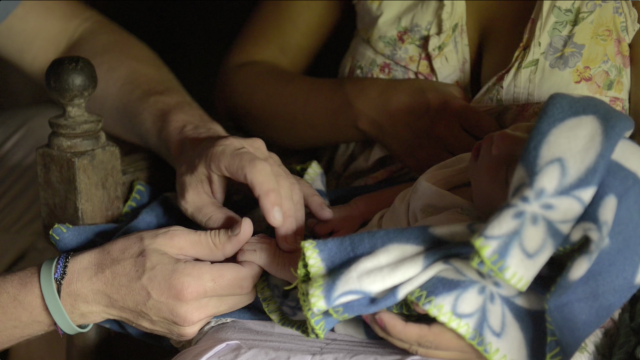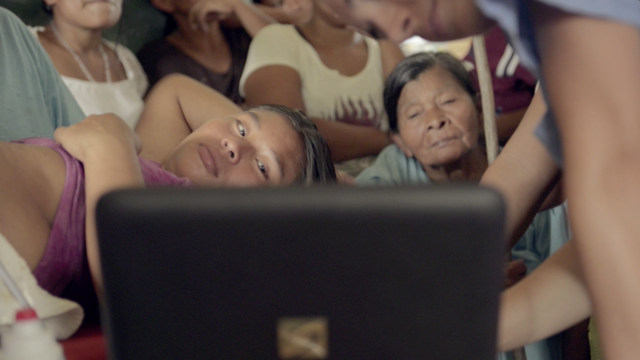The Intelligent Hospital with Marco Daoura, Fujifilm Sonosite, at HIMSS 2014
The intelligent hospital was setup to help the industry keep track of rapidly advancing medical technology from RFID tracking to Sonosite's ultrasound system's being featured in the Intelligent Hospital ICU experience. Visit intelligenthospital.org for more information. …
Smarter Use of Imaging Technology: Reduce Errors Costs
Medical errors continue to be a major problem in the US healthcare system, with hospital acquired infections (HAC) becoming an area of greater focus and where significant financial penalties are being incurred. Medicare has added one especially dangerous--or even potentially fatal--adverse event, iatrogenic pneumothorax during central line placement, to its HAC list. Along with putting patients in peril, the mistake can also increase hospital costs by up to $45,000 per incident, according to a study by the Agency for Healthcare Quality and Research (AHRQ).
Many excellent studies show that ultrasound guidance can powerfully improve the safety and success of this very common procedure. In fact, in one randomized study of 900 critical care patients, use of ultrasound visualization reduced the rate of collapsed lung during central line placement to zero, compared to 2.4 percent for blind placement.
Dr. Sierzenski is the Director of Emergency, Trauma and Critical Care Ultrasound for Christiana Care Health System’s Department of Emergency Medicine. He is also the Chair, Government Policy & Public Relations for the American College of Emergency Physicians Ultrasound Section and a Master's Candidate in Health Quality and Safety at the Jefferson School of Population Health.
…
Smarter Use of Imaging Technology: Reduce Errors Costs
Medical errors continue to be a major problem in the US healthcare system, with hospital acquired infections (HAC) becoming an area of greater focus and where significant financial penalties are being incurred. Medicare has added one especially dangerous--or even potentially fatal--adverse event, iatrogenic pneumothorax during central line placement, to its HAC list. Along with putting patients in peril, the mistake can also increase hospital costs by up to $45,000 per incident, according to a study by the Agency for Healthcare Quality and Research (AHRQ).
Many excellent studies show that ultrasound guidance can powerfully improve the safety and success of this very common procedure. In fact, in one randomized study of 900 critical care patients, use of ultrasound visualization reduced the rate of collapsed lung during central line placement to zero, compared to 2.4 percent for blind placement.
Dr. Sierzenski is the Director of Emergency, Trauma and Critical Care Ultrasound for Christiana Care Health System’s Department of Emergency Medicine. He is also the Chair, Government Policy & Public Relations for the American College of Emergency Physicians Ultrasound Section and a Master's Candidate in Health Quality and Safety at the Jefferson School of Population Health.
…
$330 Million Risk: What Boards Should Know

In his article that advises American Hospital Association member trustees, Rodney Hockman, MD warns that hundreds of hospitals are likely to be penalized by Medicare for patient injuries under the Hospital-Acquired Condition (HAC) Reduction Program starting in October 2014. He points out that each penalized hospital stands to lose nearly $434,000 in Medicare reimbursements on average, with large hospital systems and those with a high volume of Medicare payments potentially facing much greater losses should they provide unsafe care.
Dr. Hochman points to institutions using a bundle of best practices to address this, including 353-bed White Memorial Hospital, part of the Adventist Health System in Los Angeles, to eliminate two of the serious complications used to determine penalties under Medicare’s HAC Reduction Program: pneumothorax and central line-associated bloodstream infections (CLABSIs). Both conditions are now included on AHRQ’s list of patient safety indicators.
…
$330 Million Risk: What Boards Should Know

In his article that advises American Hospital Association member trustees, Rodney Hockman, MD warns that hundreds of hospitals are likely to be penalized by Medicare for patient injuries under the Hospital-Acquired Condition (HAC) Reduction Program starting in October 2014. He points out that each penalized hospital stands to lose nearly $434,000 in Medicare reimbursements on average, with large hospital systems and those with a high volume of Medicare payments potentially facing much greater losses should they provide unsafe care.
Dr. Hochman points to institutions using a bundle of best practices to address this, including 353-bed White Memorial Hospital, part of the Adventist Health System in Los Angeles, to eliminate two of the serious complications used to determine penalties under Medicare’s HAC Reduction Program: pneumothorax and central line-associated bloodstream infections (CLABSIs). Both conditions are now included on AHRQ’s list of patient safety indicators.
…
How Technology is Shaping Medicine and Ultrasound
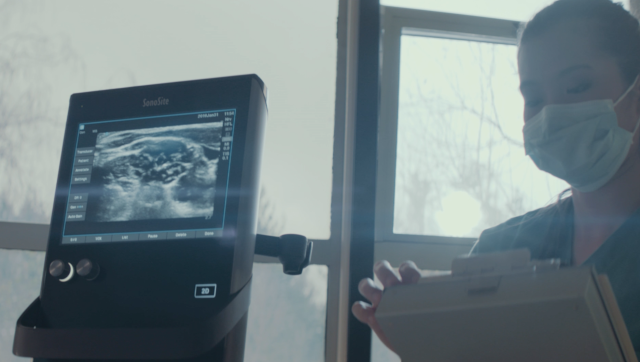
Dr J. Christian Fox, a Professor of Emergency Medicine and Assistant Dean of Student Affairs at UC Irvine, is a self-professed “Sono-Evangelist.”
During a recent lecture at Newport Beach Central Library, Dr. Fox and three physicians from UC Irvine Health shared how technology is shaping their field of practice. With ultrasound machines getting smaller and smaller, Fox said, he envisions hand-held ultrasound machines in the pocket of every doctor’s white coat. …
HIMSS15 Marks Major Changes in Health IT
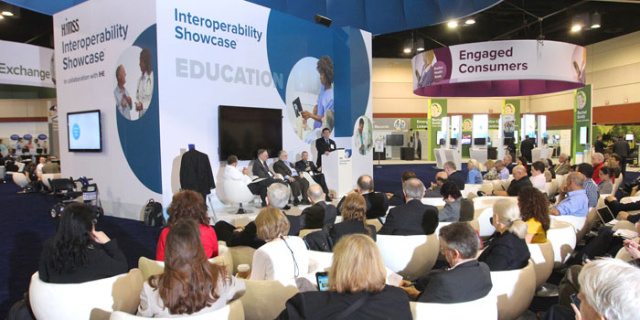
The trend towards interoperability is palpable and what better way to underscore this positive movement than HIMSS 2015 conference which broke all time attendance records. FUJIFILM Sonosite is at the forefront of clinical workflow optimization and health IT interoperability. The need to connect modalities, especially Ultrasound, to EMRs and other Health IT systems is significant and FFSS is taking concrete steps to achieve this important goal. As evidenced by this direct quote, alignment amongst key industry stakeholders is the first step towards effective interoperability. …
Global Health: Teaching Ultrasound in Malawi - Dr Bergman

Global Health is more than providing medical care in resource limited countries. To create sustainable global health, four physicians from Contra Costa Family Medicine residency traveled to Malawi to do an ultrasound training for Malawian clinicians. They were kind enough to send us lots of photos and the following summary: …
Global Health: Teaching Ultrasound in El Salvador
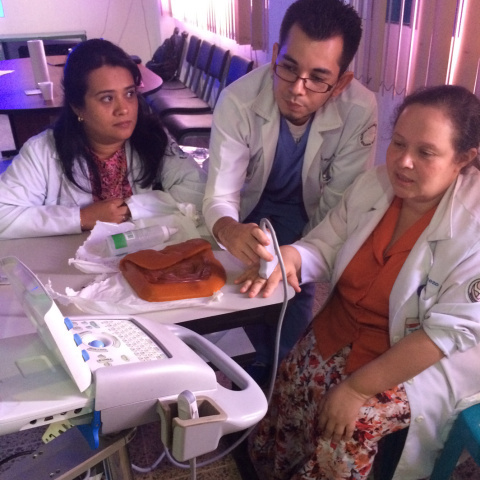
It is sometimes easy to forget how privileged we are to have access to modern conveniences, healthcare technologies and services. Fortunately, at Sonosite, we enjoy supporting many adventurous care providers who share their skills in resource limited countries. One such Doctor is Dr Jennifer Chao. Upon her return from El Salvador we received this informative email:
…
Global Health: Kiwi Doctors Use Ultrasound to Help Save Boy in Rural Indonesia

Returning to try and save Thomas: A 5 year old boy in the final stages of heart failure in Indonesia.
…
Global Health: Dr. Wes Wallace - La Moskitia, Honduras
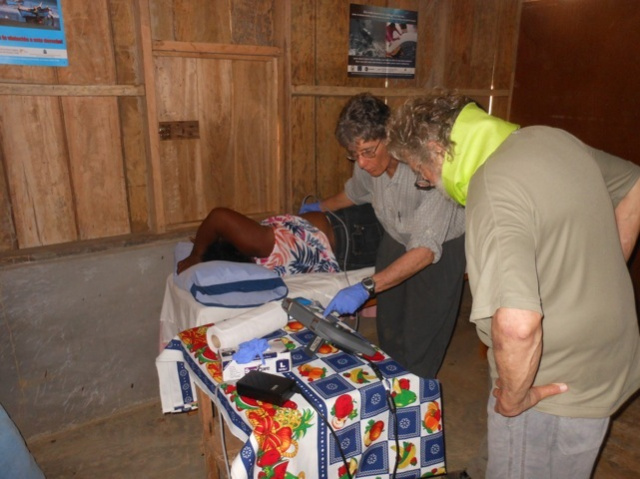
La Mosquitia has the largest wilderness area in Central America, consisting of mangrove swamps, lagoons, rivers, savannas and tropical rain forests. Manatees, tapirs and jaguars all still thrive here – they have learnt to be circumspect around man, and they may not be easy to spot. Crocodiles can be seen in the waters. …
Deep Needle Procedures: Abstract, Interview and Article

Promoting patient safety and increasing health care quality have dominated the health care landscape during the last 15 years. Health care regulators and payers are now tying patient safety outcomes and best practices to hospital reimbursement. Many health care leaders are searching for new technologies that not only make health care for patients safer but also reduce overall health care costs. New advances in ultrasonography have made this technology available to health care providers at the patient's bedside.
…
Global Health Experience, Macedonia
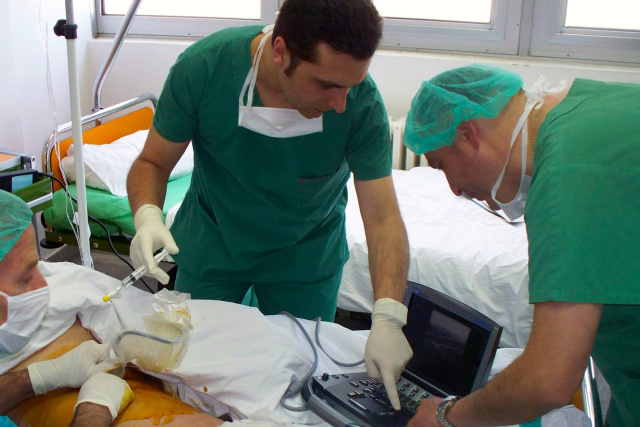
At Sonosite we are very fortunate to know a large group of doctors and care workers who are invested in global public health. Those rare people that go to remote locations to treat patients and train the local healthcare workers rely on Sonosite to provide them with the ultrasound equipment necessary. Through charities, they are often able to provide ultrasound equipment to be left at the location and used by the newly trained staff. …
Global Health Experience - Honduras
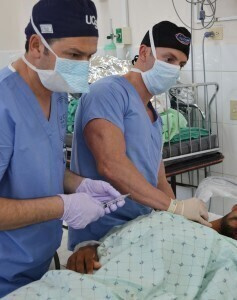
Here at Sonosite we have a pool of equipment that we loan for global health missions in under-served areas. We were fortunate to be able to support Dr Braehler's recent mission to Honduras. This is what he had to say:
…
The ever-changing Medicare Payment Policy
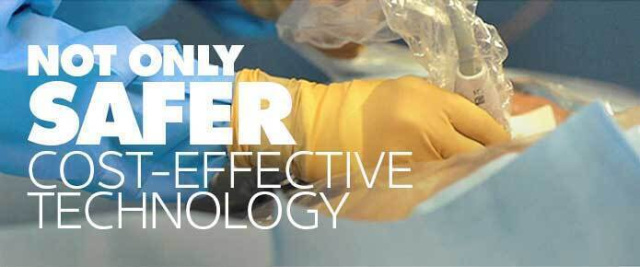
The health care industry is increasingly facing payment pressures, especially from the shift to value-based medicine - high-quality care that is also cost effective.
In this Q&A article for DOTmed News, Jill Rathbun, Managing Partner at Galileo Consulting Group, in Arlington, VA, discusses the ever changing and complex topic of Medicare Payment Policy and what all health care executives need to be aware of in the coming months. An expert in health care policy and reimbursement, Ms. Rathbun explains and walks hospital executives through Medicare FY 2015 payment programs including Value Based Purchasing and Hospital Acquired Conditions. She also discusses how these penalties may be alleviated by introducing ultrasound into procedures to assist in reducing complications, increasing patient safety and increasing quality of care.
…
Inside the Beltway: The 114th Congress and Healthcare Policy
Inside the Beltway: The 114th Congress and Healthcare Policy
Jill Rathbun
Jill Rathbun of Galileo Consulting breaks down the new Congress and what they are facing in the first few weeks of the year. We anticipate, as usual, healthcare issues and policy to be at the front of the Federal agenda. Sonosite will run the series for our customers to stay informed on what is discussed and coming as well as our work in this area.
Read article
…
Diagnostic Shoulder Ultrasound: The Results Are In
In this article for Becker's Orthopedic Review, Dr. Don A. Buford explains both the clinical evidence and benefits for the use of diagnostic ultrasound for shoulder evaluation. In particular, evidence for the use of ultrasound as the first imaging study in cases of suspected rotator cuff tear. Dr. Buford, an orthopedic surgeon, also covers the benefits of ultrasound to patients, his clinical practice and the costs to the healthcare system. As the healthcare system moves toward both Appropriate Use Criteria for imaging and lower costs, this article explains why it is time to implement such practices.
…


